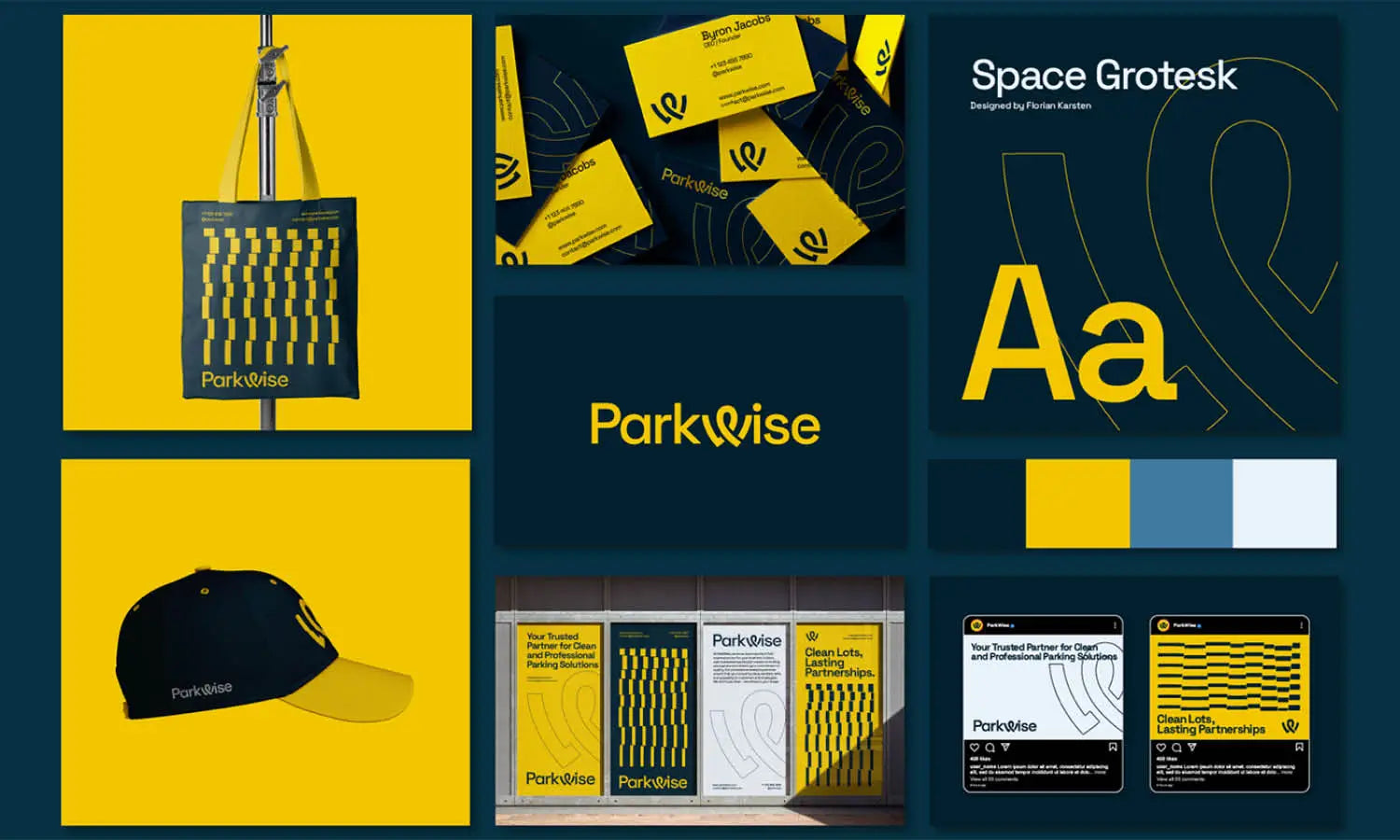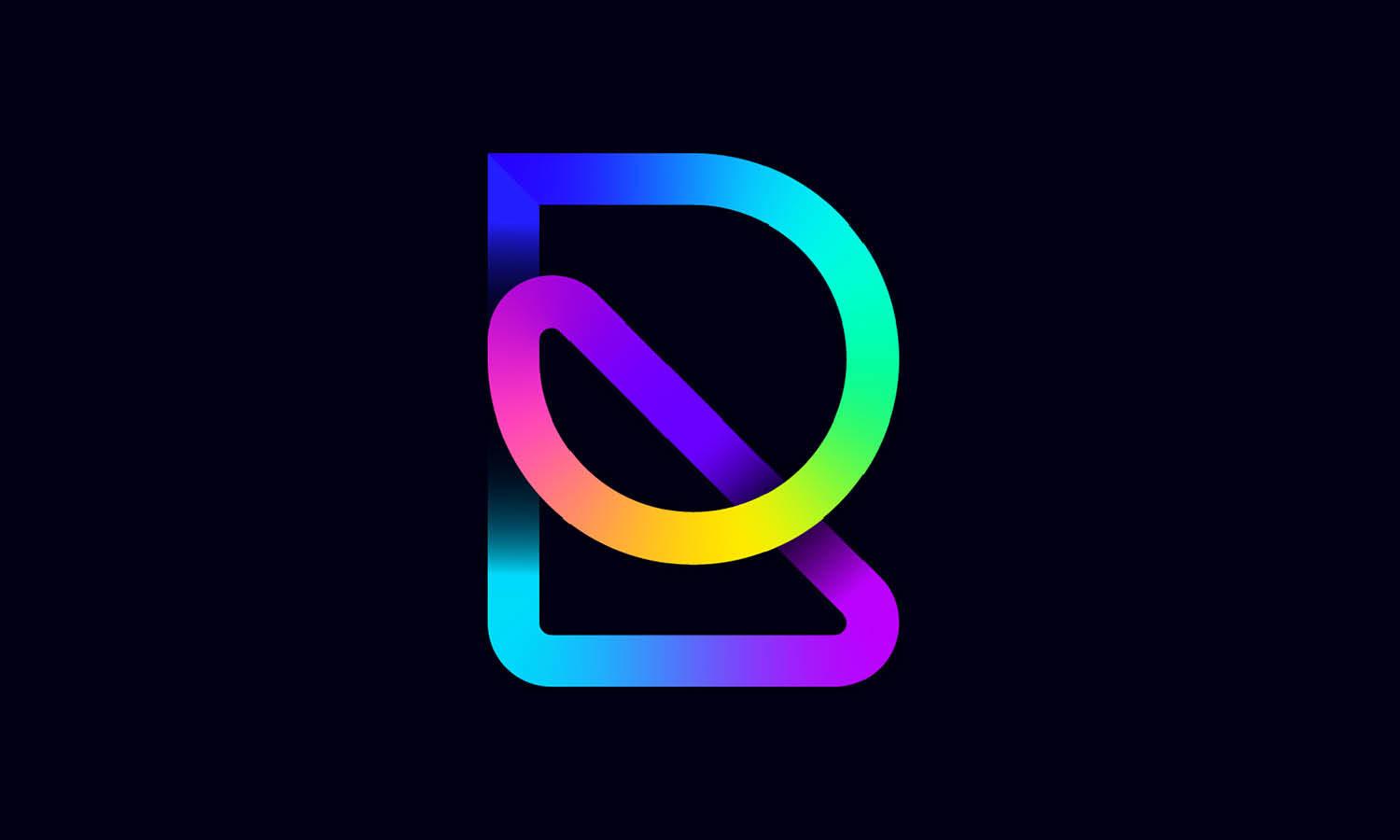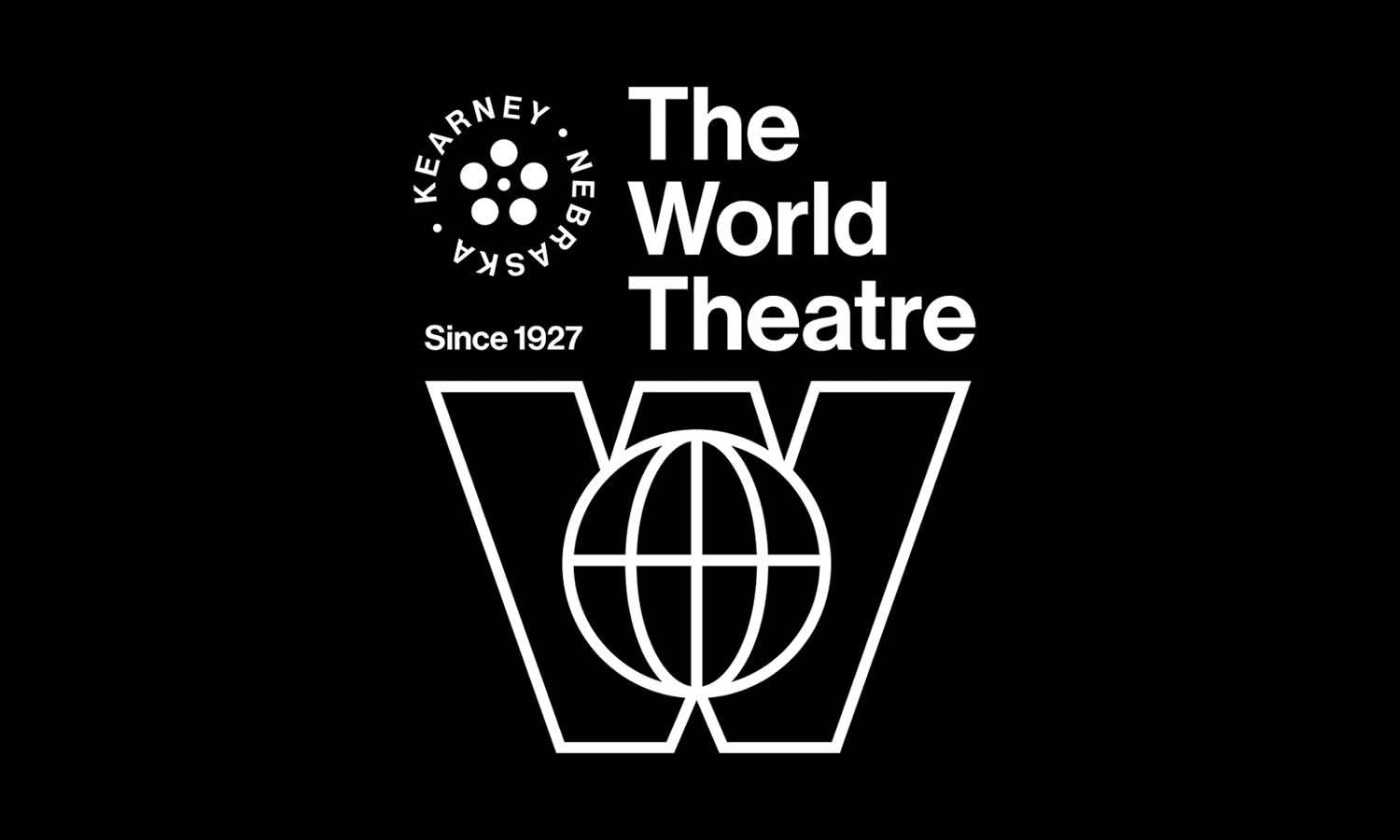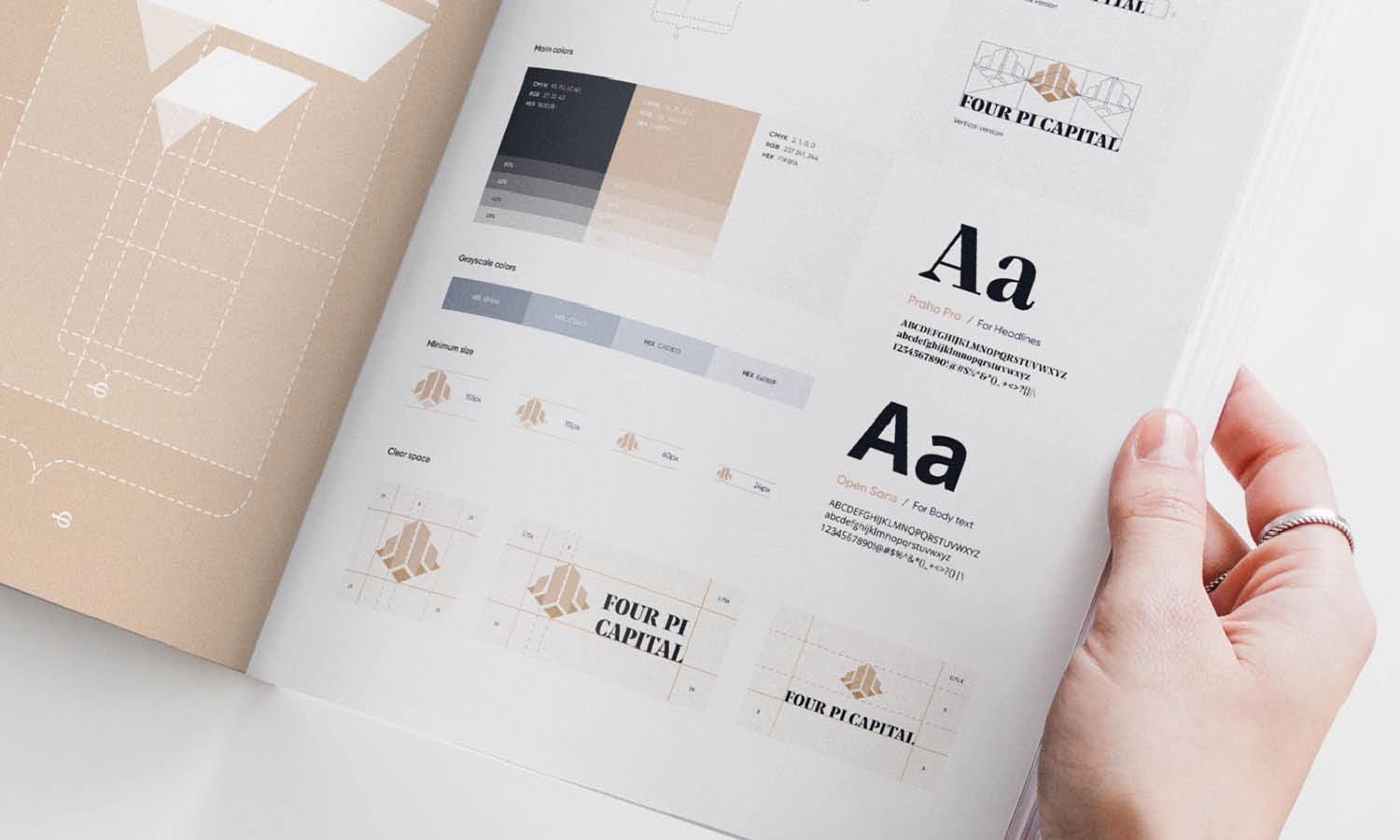How Much Does A Logo Design Cost for Huge Companies?

When considering the branding of huge companies, the logo stands as a pivotal element of corporate identity, holding the essence of the brand in a single visual symbol. The investment in logo design can be substantial, with costs varying dramatically based on a multitude of factors. For large corporations, a logo is not just a design, but a strategic asset that can influence customer perception and market positioning. Consequently, understanding the dynamics behind the logo design cost for huge companies is crucial.
This analysis delves into why these costs can range from thousands to even millions of dollars and what drives such significant expenditures. From the choice of the design agency to the scope of the branding campaign, each aspect plays a critical role in shaping the overall investment. The article aims to provide an in-depth understanding of the intricacies involved in logo design for major corporations, offering insights into why investing in a high-quality logo can be a worthwhile decision for large businesses aiming to stand out in competitive markets.
Understanding Logo Design: The Foundation of Corporate Identity
Logo design forms the cornerstone of corporate identity, particularly for huge companies where brand recognition and consistency are pivotal. A well-designed logo serves as the face of the company, encapsulating its values, mission, and market position in a visual format that is both memorable and influential. When discussing logo design cost for huge companies, it is important to recognize that these are not just artistic endeavors but strategic business investments.
A logo's design process involves extensive research, concept development, and iterations to align the logo with the company's branding strategy. This includes understanding the target audience, the competitive landscape, and the desired brand persona. Such depth of development ensures that the logo not only resonates with customers but also stands the test of time, adapting to market changes while maintaining its core identity.
For major corporations, investing in a high-quality logo design is crucial as it directly impacts how their brand is perceived globally. Thus, the cost is reflective of the logo’s role in driving business objectives and sustaining long-term brand loyalty.
Range of Logo Design Costs: From Thousands to Millions
The cost of designing a logo for huge companies can vary significantly, ranging from several thousand to millions of dollars. This variation is influenced by several factors including the renown of the design agency, the complexity of the design, and the scope of the branding strategy. High-profile design agencies often charge premium rates due to their proven track records in creating successful brand identities. The complexity of a logo—whether it requires intricate designs or simpler, minimalist styles—also affects the cost.
The engagement scope with the design agency can vary; some companies may seek a comprehensive branding package that includes market research, multiple design prototypes, and extensive revisions, all of which contribute to higher costs. Moreover, the industry in which the company operates plays a role; businesses in highly competitive sectors may invest more in their logo to differentiate themselves from rivals, reflecting in higher design costs.
Ultimately, for huge companies, the investment in a logo design is not merely for aesthetic appeal but a strategic move to strengthen brand presence and market dominance, justifying the substantial expenditures involved.
Factors Influencing Logo Design Cost in Huge Companies
Several factors significantly impact the logo design cost for huge companies, underscoring the complexity and importance of this critical branding element. Firstly, the size of the company and its global presence often dictate the scale of the logo design project. Larger companies with a broader market reach require a logo that can resonate across diverse cultures and languages, adding layers of complexity to the design process. Secondly, the choice of the designer or agency plays a pivotal role.
Another influential factor is the scope of the design process itself. This includes initial research, the number of concepts developed, the extent of iterations, and final deliverables. A more comprehensive process with several rounds of revisions to refine the logo can significantly increase the cost. Additionally, the industry sector also impacts the cost. Companies in highly competitive industries such as technology or finance might invest more in a logo design to ensure standout visibility and brand differentiation in crowded markets.
Timing and deadlines can also affect costs; expedited projects often incur higher charges due to the need for rapid turnaround. Lastly, the inclusion of additional branding services, like creating a brand style guide or implementing the logo across various media, can also increase the total cost of the project. Each of these factors contributes to the overall expense, reflecting the strategic importance and value of the logo in the company’s branding strategy.

The Impact of Brand Visibility on Logo Design Investment
Brand visibility plays a crucial role in determining the investment huge companies make in logo design. For globally recognized brands, a logo is much more than a mere graphic; it is a vital tool for communication that conveys the company’s values, ethos, and market position. Therefore, the visibility of the brand directly influences how much a company is willing to invest in creating and maintaining an effective logo.
Highly visible brands often operate in competitive markets where a strong logo can help differentiate them from competitors. As a result, these companies might allocate considerable resources towards ensuring their logos effectively represent their identity and can be easily recognized by consumers worldwide. The investment in high-quality logo design aids in building a cohesive brand image that fosters trust and loyalty among customers, enhancing the brand’s overall market standing.
Moreover, the impact of digital media has intensified the importance of logos, as digital platforms demand distinctive visuals that stand out even in smaller, digital formats. Companies with high visibility, therefore, prioritize flexibility and adaptability in their logos to ensure effective communication across various media channels, from giant billboards to mobile screens.
The return on this investment is significant, as a well-designed logo not only boosts brand recognition but also supports marketing efforts by providing a consistent visual identity for all promotional activities. Consequently, for huge companies, the cost of logo design is often seen as a strategic investment that plays a critical role in maintaining and enhancing brand visibility in a global marketplace.
The Role of Renowned Design Agencies
Renowned design agencies play a pivotal role in determining the logo design cost for huge companies. These agencies are often sought after for their creative expertise and proven track record in delivering dynamic and impactful brand identities. Their involvement usually signifies a substantial investment but justifies the premium through the value they bring in innovation, consistency, and alignment with the brand's vision.
For instance, working with a top-tier agency means gaining access to a team of experienced strategists, designers, and brand consultants who bring a depth of understanding about market trends, consumer psychology, and competitive positioning. These agencies leverage their comprehensive research capabilities to ensure that the logo not only represents the company's ethos but also appeals to its target demographic.
Moreover, renowned agencies provide a holistic approach to branding. They look beyond the logo to consider how it fits within the broader brand strategy, ensuring that all elements of the company's marketing and communications align cohesively. This approach often involves detailed guidelines for logo usage, color schemes, typography, and imagery, creating a consistent brand experience across all touchpoints.
The collaboration with such agencies typically includes extensive rounds of revisions and feedback, ensuring that the final design is not only visually appealing but also strategically sound. Although this can lead to higher costs, the investment is seen as valuable for huge companies aiming to maintain or enhance their market position. The expense is justified by the agency's ability to produce a distinctive logo that stands out in the competitive landscape and drives brand recognition and loyalty.
The Creative Process Behind Logo Design
The creative process behind logo design, especially for huge companies, involves a detailed and strategic approach that directly impacts the overall logo design cost. Initially, this process begins with a deep dive into the company's brand identity, values, and market positioning. Understanding the essence of the brand is crucial to ensure that the logo reflects the company’s ethos and appeals to its target audience.
Next, the design team conducts market research, analyzing competitors and industry trends to ensure the logo will stand out and remain relevant. This research phase is followed by brainstorming sessions where multiple concepts are developed. These concepts are usually diverse in style and composition, providing a range of options that capture different aspects of the company's branding strategy.
After presenting the initial concepts, feedback from the company leads to refinements and revisions. This iterative process, involving multiple rounds of critiques and adjustments, ensures the logo perfectly aligns with the company's vision. Advanced design tools and software are utilized to execute these ideas with precision, allowing for high-quality visuals that can be tested across various applications.
Finally, the selected logo is rigorously tested on different media to ensure its effectiveness in various formats, from digital ads to large-scale billboards. This comprehensive approach to logo design, requiring extensive time and expertise, justifies the significant costs associated with creating a logo for large companies, aiming to achieve a design that not only captures attention but also endures over time.
The Longevity of a Logo Design: Investment in Timelessness
Investing in a timeless logo design is crucial for huge companies, as it ensures that the logo remains effective and relevant across different generations and market shifts. This aspect of logo design is particularly important given the substantial costs involved; a logo that stands the test of time reduces the need for frequent redesigns, thereby providing better long-term value for the investment.
A timeless logo often features simple yet powerful elements that are easy to recognize and versatile enough to adapt to evolving branding strategies. Such designs avoid overly trendy elements that may quickly become dated. The focus is on creating a logo that encapsulates the company's enduring values and core identity, which resonates with a wide audience.
The process of creating a timeless logo involves not just the design itself but also considering its future applications. Designers must ensure the logo works across various digital and physical mediums, maintaining its integrity and impact whether displayed on a smartphone screen or a corporate skyscraper. This foresight in design contributes significantly to the initial costs but is a wise investment for huge companies looking at long-term brand establishment.
Moreover, the initial high cost of creating a timeless logo often includes rights management, ensuring the company can use the logo without facing legal issues globally. Investing in such a comprehensive design process underscores the strategic importance of a logo in building and maintaining a strong, enduring brand presence. This investment not only fosters immediate brand recognition but also supports sustained business growth by embedding a consistent and professional image in the minds of consumers worldwide.

Technological Advancements and Their Impact on Logo Design
Technological advancements have significantly influenced the field of logo design, particularly affecting the cost and approach for huge companies. Innovations such as artificial intelligence (AI), virtual reality (VR), and advanced graphic design software have revolutionized how logos are created, tested, and implemented. AI tools, for example, can automate parts of the creative process, such as generating initial design concepts based on input parameters like color preferences, industry type, and brand values. This can reduce the time needed for the conceptual phase, potentially lowering costs.
VR technology allows designers and clients to visualize logos in various real-world scenarios before finalizing them, ensuring the design is versatile and effective across multiple platforms. This ability to preview and modify a logo in different virtual environments helps in making more informed decisions, reducing the need for revisions post-launch, which can be costly.
Furthermore, advancements in graphic design software have expanded the capabilities of designers, allowing for more intricate and complex logos that can be scaled across various mediums without loss of quality. These technologies enable precise editing and customization, giving brands the flexibility to refine their logos to perfection.
Overall, while these technological tools might represent an upfront investment, they can lead to long-term savings by streamlining the design process, reducing manual labor, and minimizing the need for future redesigns as they help create more adaptable and future-proof logos.
The Legal Aspect: Trademarking and Its Costs
Trademarking is an essential step in the logo design process for huge companies, protecting the logo from unauthorized use and ensuring that the brand remains distinctive in a crowded marketplace. The costs associated with trademarking a logo can be substantial, depending on the number of jurisdictions in which the company operates and wishes to secure legal protection.
The process of trademarking involves several stages, including a comprehensive search to ensure the logo does not infringe on existing trademarks, the preparation of a trademark application, and the official filing fees that vary from country to country. Additionally, if any objections or oppositions arise during the trademark registration, legal fees can increase significantly as these issues must be resolved legally.
For multinational corporations, the cost is compounded as they need to register the trademark in multiple countries to ensure global protection. This not only involves higher filing fees but also requires the services of local legal experts in each jurisdiction, adding to the overall expense.
Future-Proofing a Logo: Considerations for Huge Companies
Future-proofing a logo is a strategic priority for huge companies, as it involves creating a design that remains effective and relevant despite changes in market trends, consumer preferences, and technological advancements. This approach impacts the logo design cost, as it requires a comprehensive and forward-thinking design process.
A future-proof logo must be versatile, scalable, and adaptable across various media platforms and physical applications. This means designing a logo that can be easily adjusted for different sizes, from tiny app icons to massive billboards, without losing clarity or impact. The logo should also translate well across digital and print mediums, ensuring consistency in its appearance.
Color choice is another critical consideration. Colors must not only align with the brand’s identity but also be selected for their durability in design trends and their visibility in various lighting and digital displays. Simplicity in design is a key factor in future-proofing a logo. A simple yet distinctive logo is more likely to remain timeless and resist becoming dated as design trends evolve.
Moreover, future-proofing involves anticipating cultural shifts and potential market expansions. A logo must resonate with diverse global audiences and be culturally sensitive, avoiding imagery or elements that could become controversial or irrelevant.
Investing in a future-proof logo often requires higher initial costs due to the extensive research and testing needed. However, this investment is vital for huge companies aiming to maintain a strong, recognizable brand that can adapt to future challenges without frequent costly redesigns, thus maximizing the long-term return on their branding investment.
Conclusion
The logo design cost for huge companies reflects not only the creative effort but also the strategic importance of a logo in establishing and maintaining a brand's market position. Investing in a high-quality logo is essential for large corporations as it transcends mere aesthetics, embodying the company’s values and aspirations. Such investments ensure that the logo effectively communicates with diverse audiences, supports the brand across various platforms, and remains relevant over time. For huge companies, a well-designed logo is a critical asset, pivotal in driving recognition and competitive advantage in global markets.
Let Us Know What You Think!
Every information you read here are written and curated by Kreafolk's team, carefully pieced together with our creative community in mind. Did you enjoy our contents? Leave a comment below and share your thoughts. Cheers to more creative articles and inspirations!
















Leave a Comment